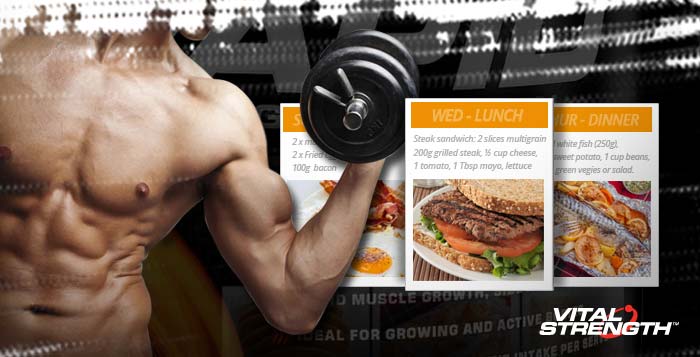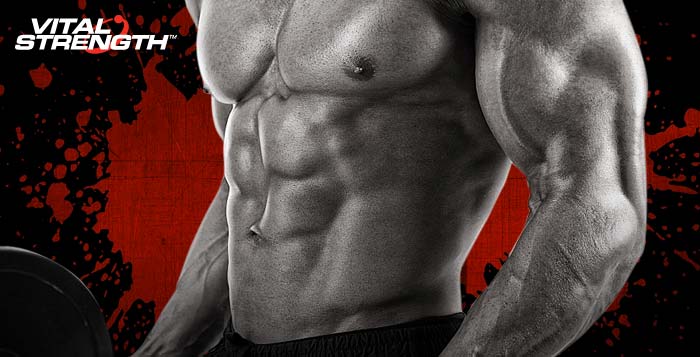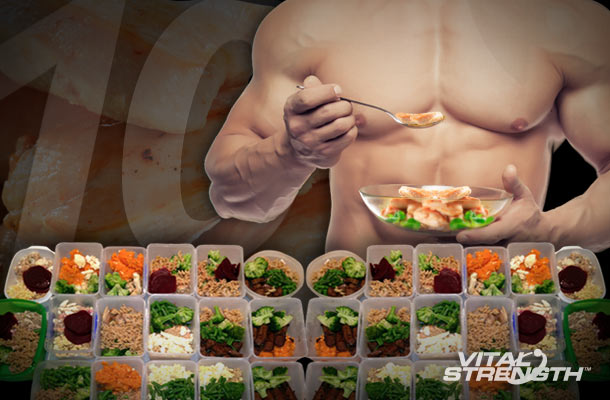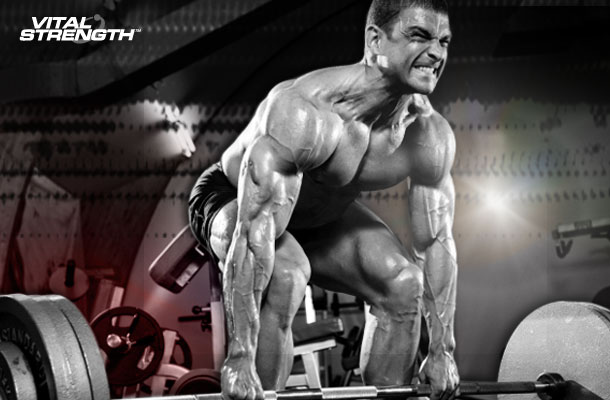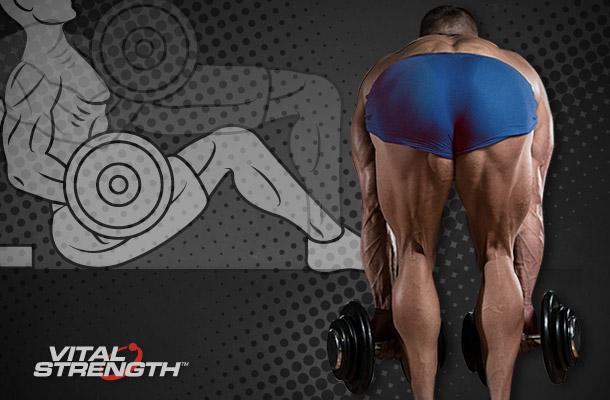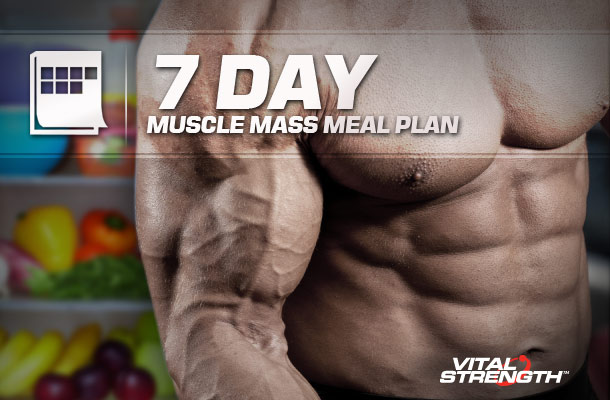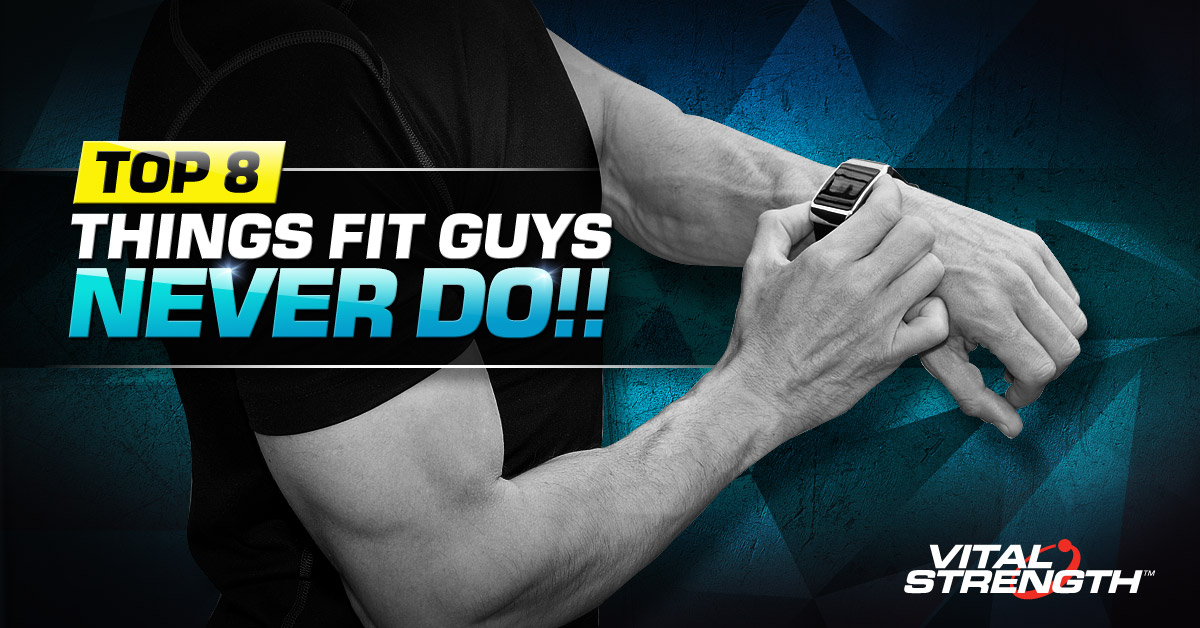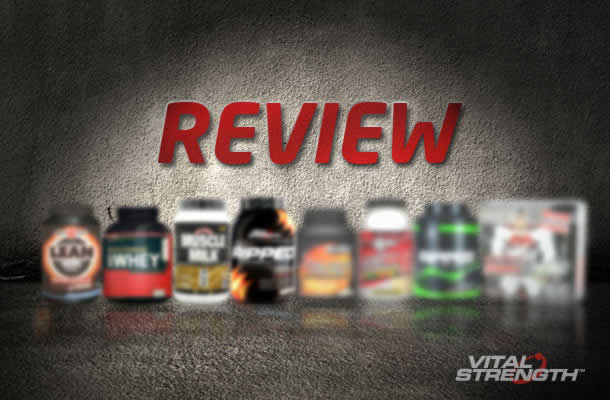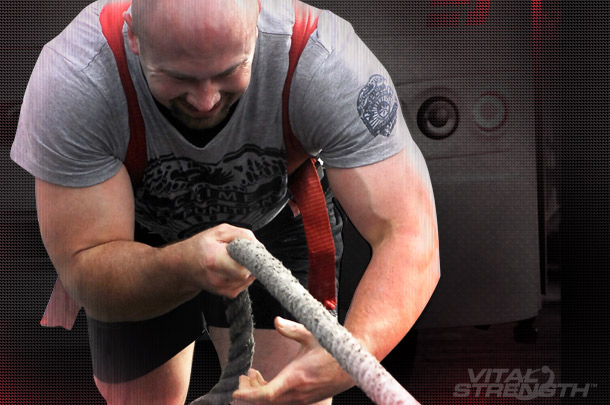
Are you getting bored with your current lower body training program?
Not making the gains in muscle mass, strength or athletic performance you require or perhaps experiencing some lower back or knee pain? If so, you may wish to consider incorporating sleds and prowlers into your training. We asked Exercise scientist and strongman athlete Justin Keogh for some expert advice on this type of training.
Heavy sled exercises are becoming more commonly used by many power athletes and strength and conditioning coaches and can overload the entire lower body, grip and a number of core muscles. If your gym doesn’t have one, you can purchase your own online or make your own using objects like car tyres, wooden planks and ropes.
The most common lower body sled exercise is the prowler push. The prowler/car push is often used to improve acceleration sprint and collision performance in the rugby codes. You may also attach a harness to the sled or car and pull it in a sprint style like this and perhaps even pull on a heavy rope in front that is tied to a solid object while pushing with the legs. This sled rope combo is near identical to World Strongest Man competitors performing the truck pull and challenges virtually every muscle in your upper and lower body as well as your heart and lungs.
The reverse sled pull targets the quadriceps and the calves near the fully contracted position. You will also be able to use considerable loads in this exercise, perhaps three quarters or more of what you use in the sprint style sled pull. This exercise is used by paramilitary and fire fighters who may need to drag injured people backwards as fast as possible to ensure their safety.
Justin prefers doing sets of various distances and modifying the load to elicit different training effects (see Table 1). You can experiment with other lower body sled exercises such as sled pull-throughs which is similar to an explosive sled Romanian deadlift or the upright sled pull in which you drag the sled forward while standing upright, both of which heavily target the glutes and hamstrings. You may even do supersets, trisets or giant sets of these exercises to increase energy expenditure and develop great anaerobic conditioning.
Table 1: Possible training variables to develop different aspects of muscular function.
Mix up your routine by giving these lower body sled exercises a try. Sled can also be used for upper body training too, so keep an eye out for Justin’s next sled article on upper body sled exercises. For bigger gains check out Vitalstrength’s range of supplements designed to build muscle mass and size. Justin has a PhD in exercise science and is an Associate Professor, Faculty of Health Sciences and Medicine, Bond University. He is currently training for the GPC push-pull (bench press-deadlift) competition and is hoping to return to strongman competitions at the age of 40 next year after recovering from his current C7 spinous process injury. References 1. Winwood PW, Keogh JWL, Harris NK. The strength and conditioning practices of strongman competitors. J Strength Cond Res. 2011;25(11):3118-28. 2. Winwood P, Cronin J, Keogh JWL, Dudson M, Gill ND. Strongman implement use in strength and conditioning practice. International Journal of Sports Science and Coaching. in press. 3. Keogh JWL. Applications of the heavy, sprint-style sled pull to sprinting performance J Aust Strength Cond. 2010;18(3):19-22. 4. Berning JM, Adams KJ, Climstein M, Stamford BA. Metabolic demands of “junkyard” training: pushing and pulling a motor vehicle. J Strength Cond Res. 2007;21(3):853-6. 5. Keogh JWL, Newlands C, Blewett S, Chun E-L, Payne A. A kinematic analysis of a strongman-type event: the heavy sprint-style sled pull. J Strength Cond Res. 2010;24(11):3088-97. 6. West DJ, Cunningham DJ, Finn C, Scott P, Crewther BT, Cook CJ, et al. The metabolic, hormonal, biochemical and neuromuscular function responses to a backward sled drag training session. J Strength Cond Res. in press.
|



